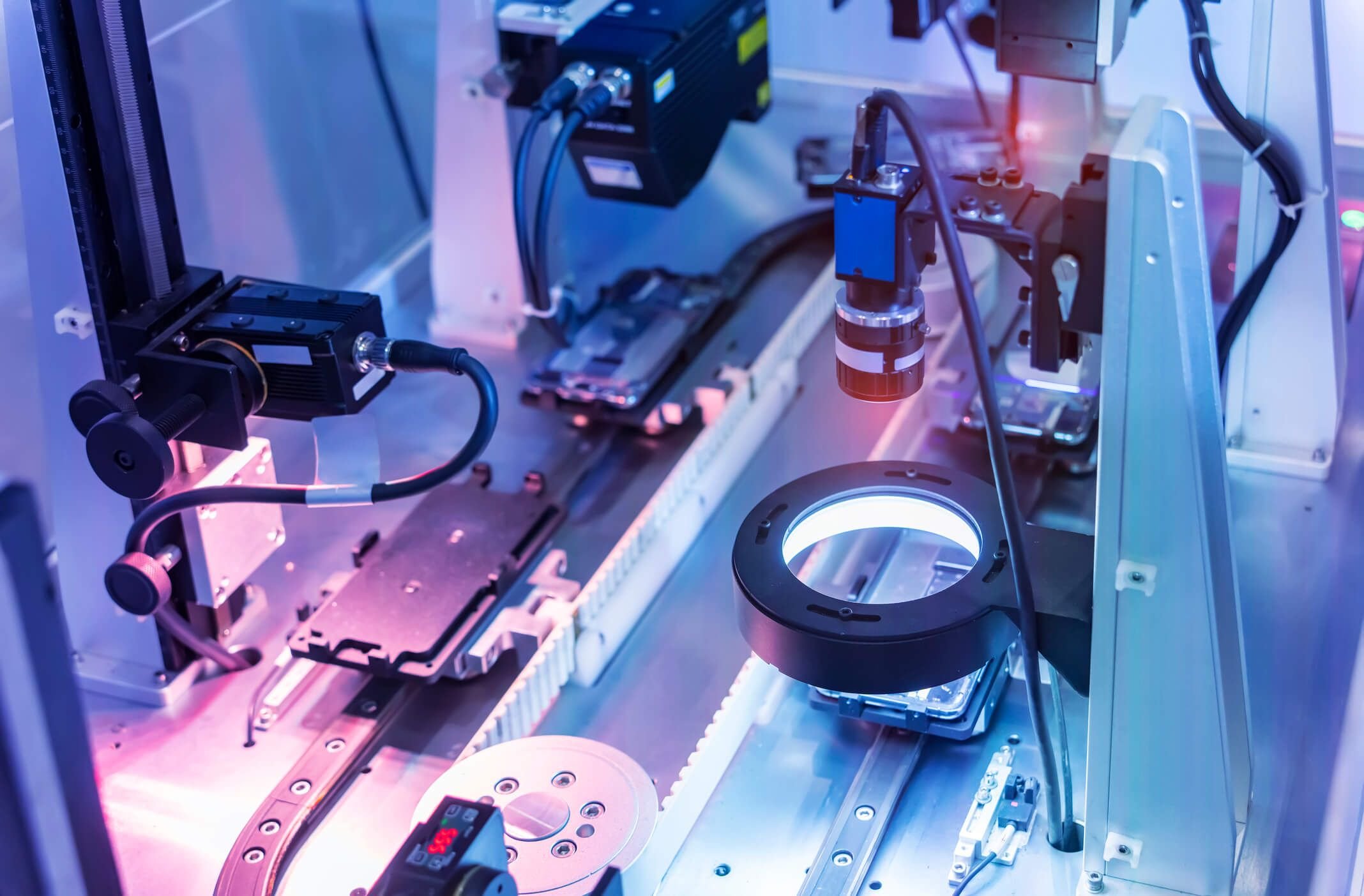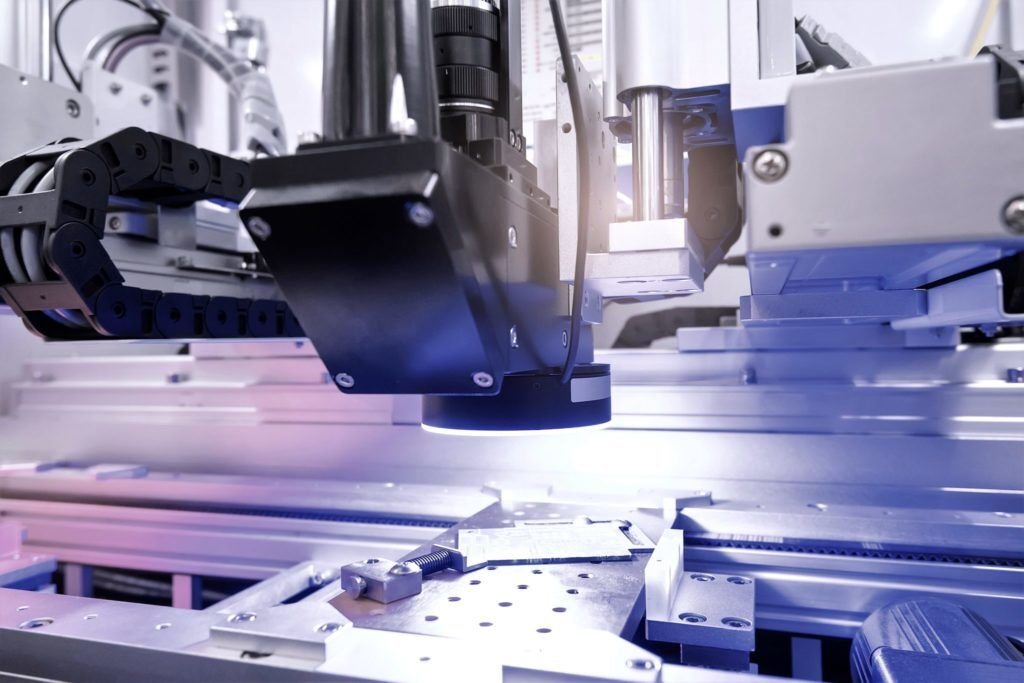How Do They Work?
Most robot picking systems combine three key technologies:
- Machine Vision: Cameras and AI algorithms analyse visual input to identify objects, interpret labels, or estimate dimensions for handling goods of various sizes and shapes. Many systems now use Advanced Vision for high-precision accuracy.
- Gripping Mechanisms: Suction cups, mechanical claws, or soft adaptive grippers allow the robot to securely hold various items and handle them with care to ensure product integrity.
- Route Planning and Control Systems: Ensure accurate, efficient movement for mobile robot pickers from the pick point to the destination (e.g. from pick location to the packing station).
Additionally, many modern robot picking systems also now use integrated machine learning, which offers significant benefits for enhancing operations over time.
- Object recognition and classification – enables robots to identify and classify objects of various shapes, sizes, and appearances, including those with reflective surfaces.
- Grasping & manipulation – allows robots to learn optimal grasping techniques for different objects, improving their ability to handle items with varying textures and weights.
- Motion planning & navigation – ML algorithms help robots plan efficient paths to pick and place items, navigating through busy environments and avoiding obstacles such as people, goods and building infrastructure.
- Adaptability & learning – by continuously learning from their operational tasks, robots can adapt to new items, changing environments, and unexpected situations, reducing the need for manual intervention and programming.
- Improved efficiency & accuracy – ML-powered robotic picking systems can handle a wider range of items, improve picking speed, and reduce errors, leading to increased productivity and reduced operational costs.
By integrating advanced technologies such as machine vision, gripping mechanisms, artificial intelligence, and machine learning algorithms to enhance performance over time, robot picking systems have the capacity to significantly improve inventory management and warehouse efficiency.







